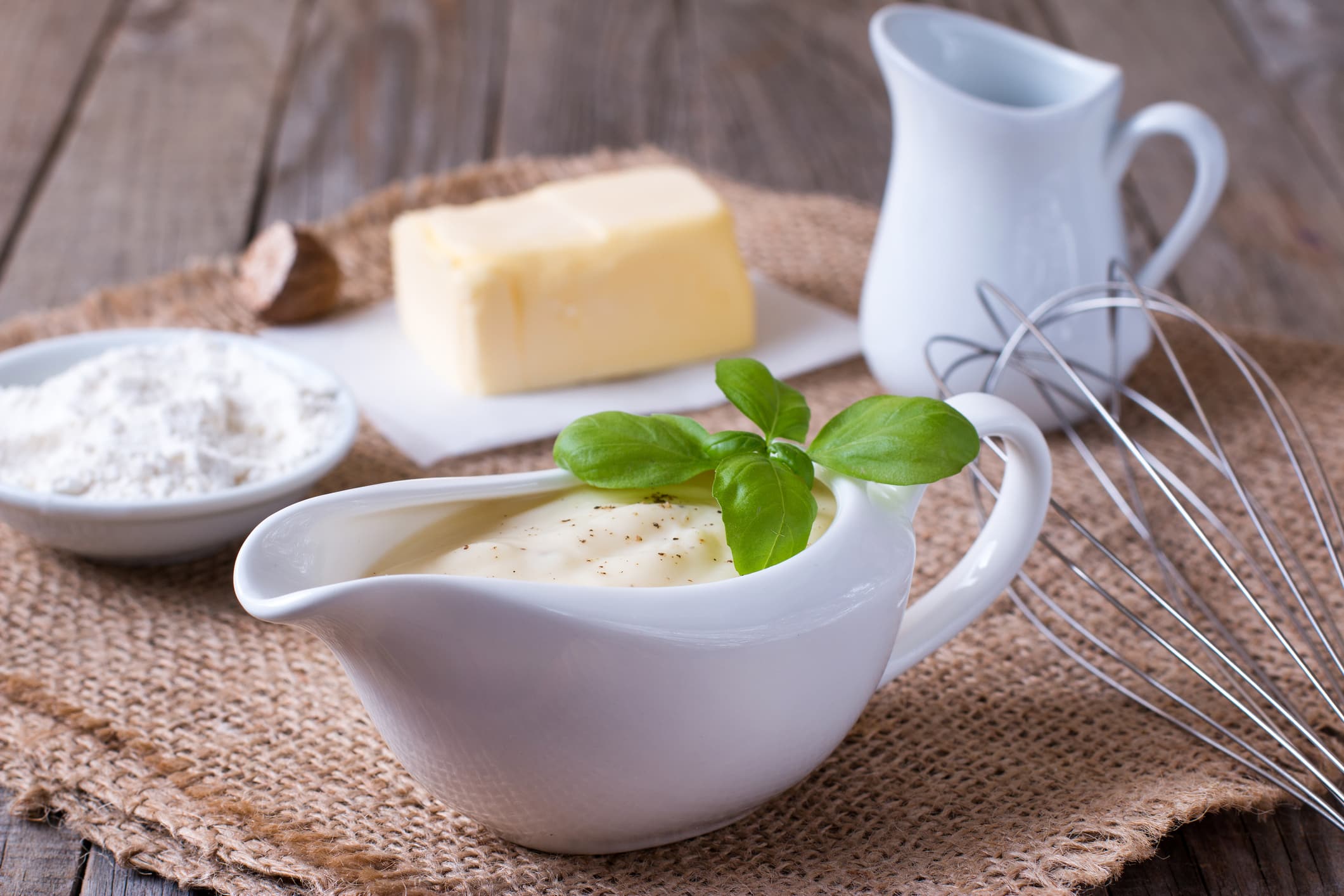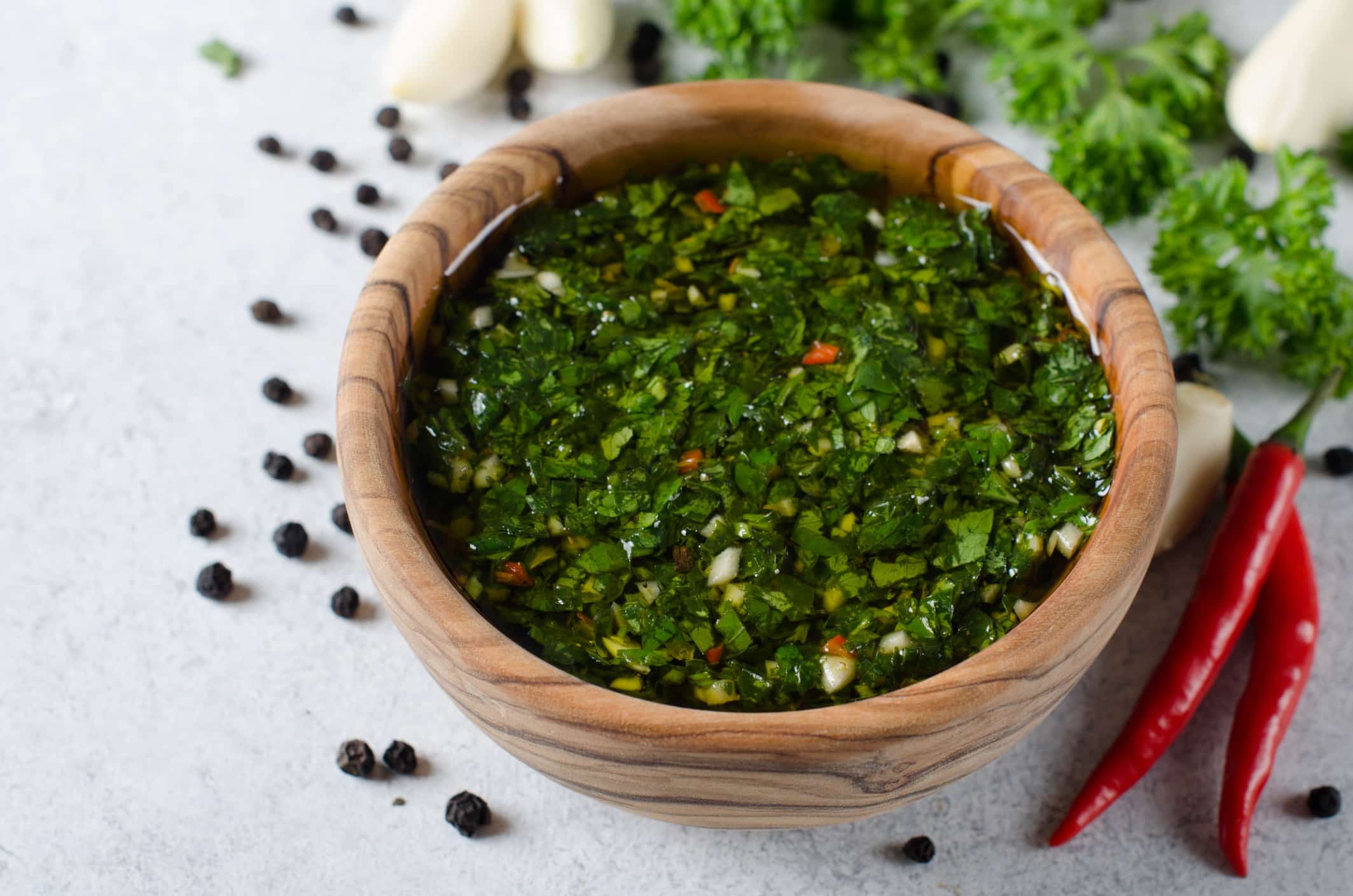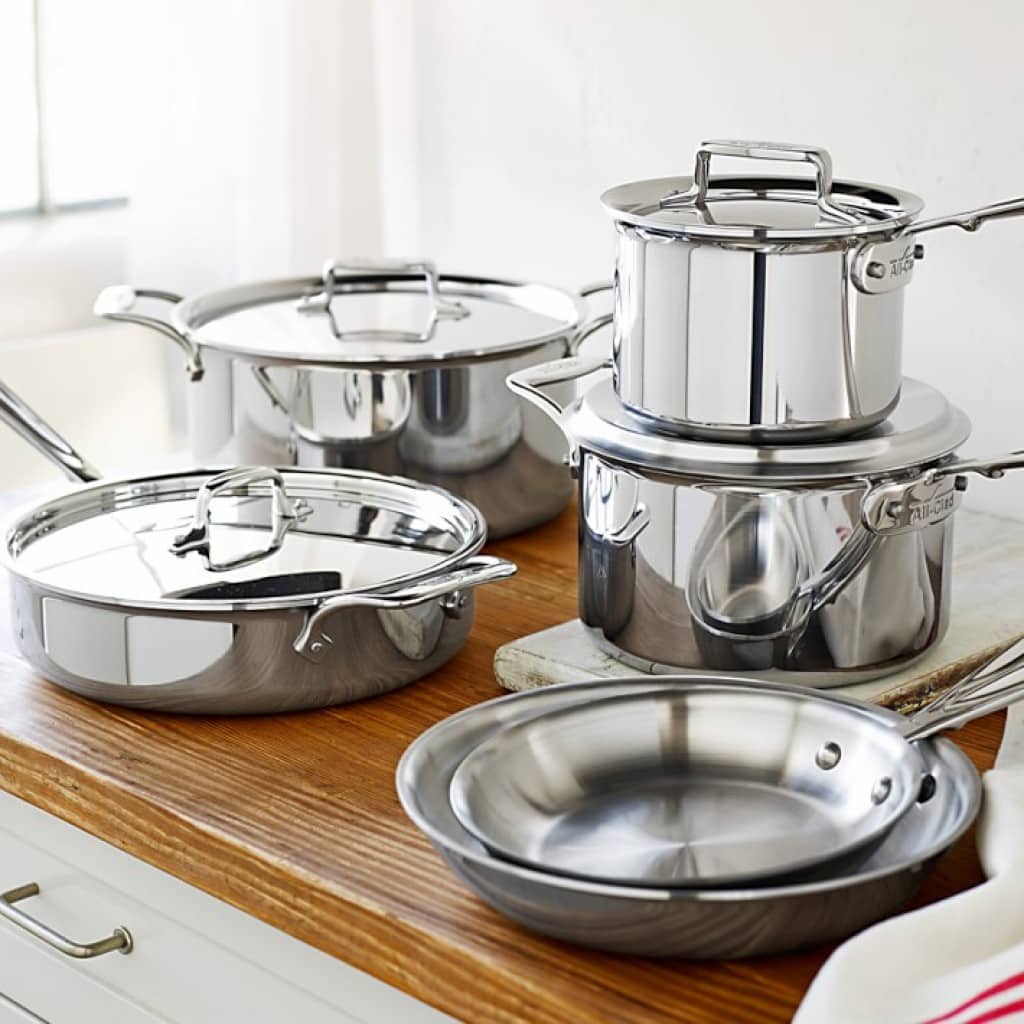Awesome Sauces!
2019 Oct 7th
Having lunch, the other day at a famous rotisserie chicken restaurant made me think all about sauces? That tomato-based delight is the perfect accoutrement to chicken, fries, and almost anything and everything in the food world according to us Canadians. That made me want to dig deeper; dipping into more awesome sauces!
To save you the time if you too, were about to Google it, sauce has been around since 300BC. Meats back in the day weren’t so fresh obviously, so covering it up with sauce disguised the dating. Sauce received its name from Latin for salsa, which means salted. Sauces need a liquid to become an awesome sauce of its own. From sweet to savory, hot to cold, sauces are plentiful, regional, and historically super ancient.
That’s the quick history in a paragraph about what we already know; sauce is awesome! The next situation is whether it is a sauce or a condiment or a paste? Sauces can be a condiment, but condiments aren’t necessarily a sauce. Sauces covers or coats food. A small amount of something to compliment the food would be considered a condiment. Pastes are thicker, and with a liquid, can become an awesome sauce of their own.
With that research behind me, I continued as to which sauces are the oldest and most widely used. The very “umami” flavor of fish sauce has been in existence since 4th century BC. Called Garos by the Greeks, and Guram by the Romans, this sauce included salt and fish intestines. Once the mashed mackerel, the most commonly used fish, fermented in its outside tomb for 48 hours, the top “sauce” was taken for the high class. The lower class received the bottom of the barrel…In China and other parts of Asia, fish sauces were created in 100BC!
Using this sauce in the modern era is alive and well. There are many brands that adorn the Asian markets in North America. Three Crabs and Red Boat 40 degrees North are popular fish sauce brands that Canadian cooks know bring that beautiful, funky flavor to Asian cuisine. What would one of the worlds top 100 foods, Vietnamese Spring Rolls, be without fish sauce!?
Next in my research came to the Five Mother Sauces. French by definition, but every country has one of these five starter sauce in their repertoire. A roux, which is equal fat to flour, starts the harmony.
The Five Mother Sauces
Espagnole: A brown roux, celery, onions, and carrots, beef stock, and pan drippings(beef bone).
Tomato: Can be a roux, but usually, tomatoes, onions, garlic, and/or herbs cooked down to thicken.
Bechamel: The simple, staple classic. White, or light roux with cream.
Velouté: A white roux with veal, poultry, or fish stock. Will require more ingredients to be deemed “finished”.
Hollandaise: Emulsifying egg yolks, butter, and lemon juice create this breakfast awesome sauce!
These sauces all lead to other sauces. Béchamel, the basic white sauce, is Italian from the 1500s. Flour, butter, and milk create this easy, yet greatest of all-time sauces. Combine cheese to make a Mornay. Add sautéed, pureed onions to create a Soubise. Incorporate crayfish and cream, and you have a Nantua.
Espagnole is, when made the traditional way, is quite complex. Veal stock with beef bits and bones are simmered with a very dark roux. Veggies, brown sugar, and seasoning accompany the slowly reduced sauce. Skimming the top for fats, and adding more stock or water, then finalizing with a dollop or two of tomato puree or paste completes this awesome sauce. Deep and rich, and great with anything beef (or poutine!).
Veloute is another sauce that becomes more awesome with more ingredients. Fish or chicken stock in a light roux create Veloute sauce. It’d famous off-shoots are: Allemande, gravy, Normande, and wine sauce. Add in tomato puree, and there you have an Aurore sauce. The versatility of the five mother sauces is astronomical.
Tomato sauce speaks for itself. It was probably one of your first favorite sauces. San Marzano tomatoes, garlic, basil, thyme, rosemary, oregano, salt and pepper is one of my fave tomato sauces! But, did you know that tomato sauce is Mexican, not Italian? Around the 1530s a Spanish priest figured it out in Mexico City (Tenochtitlan) and sent the recipe back to Spain.
Last but not least, the Hollandaise sauce. Eggs Benedict is incredible! Emulsifying is what sets this sauce apart. Lemon and butter don’t like one another, but adding the egg yolks slowly but surely, this marriage is balanced & beautiful. Especially on asparagus! Bearnaise is Hollandaise famous cousin.
Other types of sauces don’t require hit to be awesome. Salsa is now the leading condiment, or sauce (however you see it…) in the US. Down in South America lies one of the greatest sauces of all time: Chimichurri!
Chimichurri
ingredients
1 cup EVOO (extra virgin olive oil)
½ cup parsley
5 tablespoons minced raw garlic
4 tablespoons oregano
6 tablespoons red wine vinegar
4 teaspoons crushed red pepper
Salt & Pepper to taste
directions
Place everything but salt, pepper, and olive oil into your Breville Sous Chef Food Processor. Fold in the salt, pepper, and olive oil with an OXO Wooden Spoon. Let it marry for at least 30 minutes. Refrigerate or use at room temperature. Chimichurri is an awesome sauce on beef and lamb!
To create all these classic sauces and plates, we have a huge sale on saucepans and cookware sets!
Please check out these great savings:
- Scanpan Saucepans on Sale Now!
- Zwilling J.A. Henckels Saucepans at a Huge Discount!
- Gastrolux Saucepans at an Unbelievable Price!
- All-Clad, Le Creuset, Zwilling J.A. Henckels Cookware Sets On Sale at Massive Savings!
Awesome sauces are just a click away! Or, come by and visit our store. We love to talk shop anytime, any day! We are a Candy Store for Cooks!





